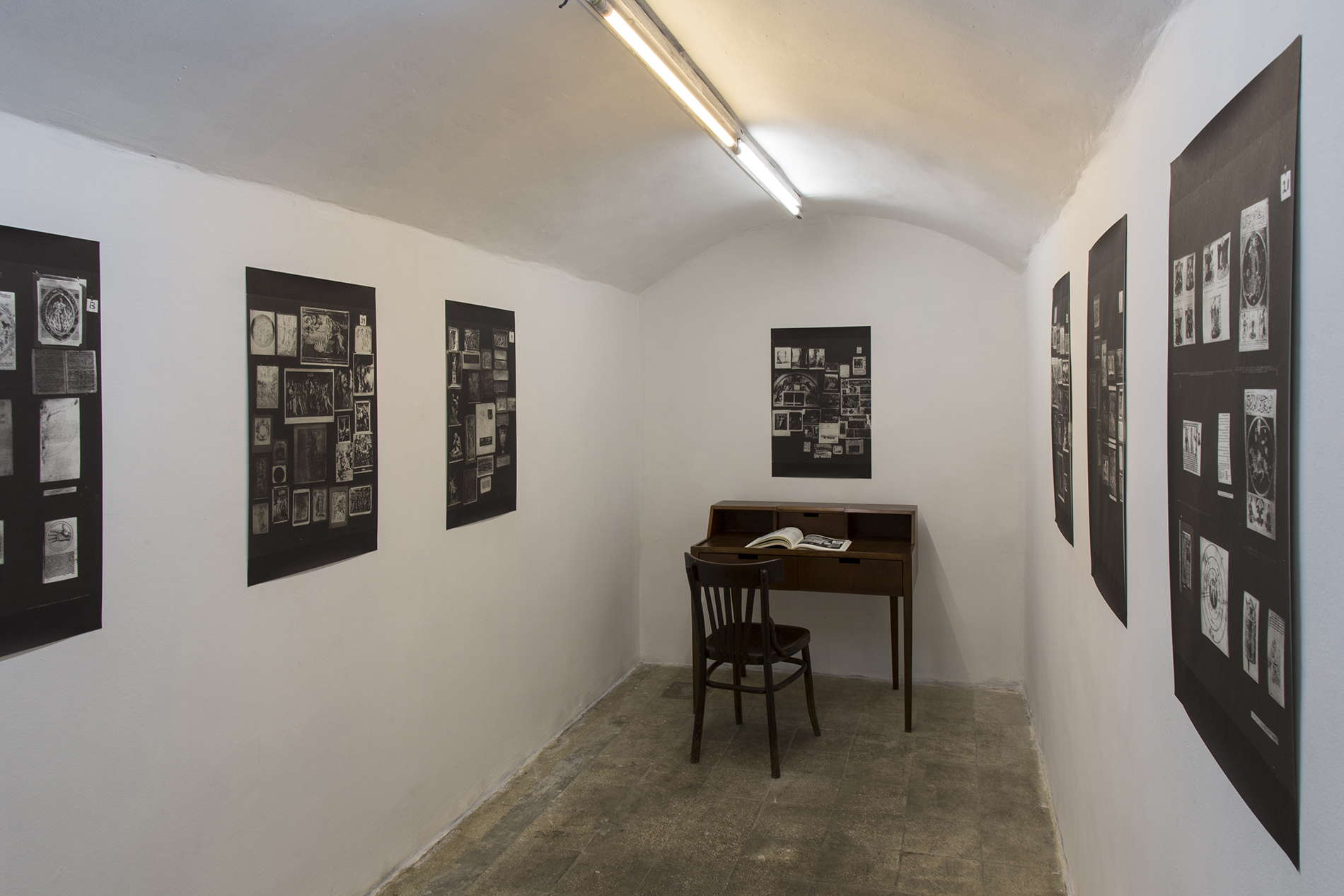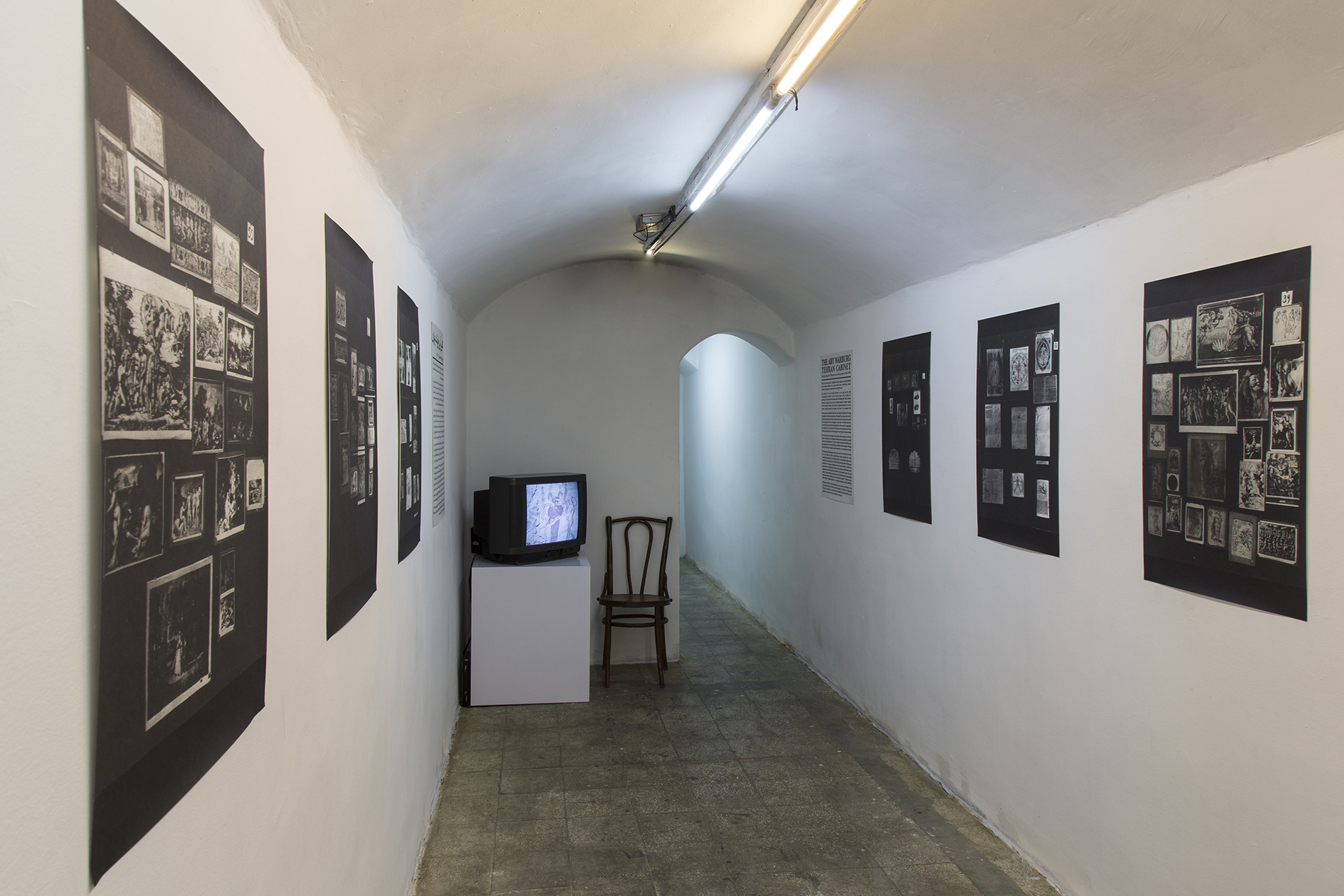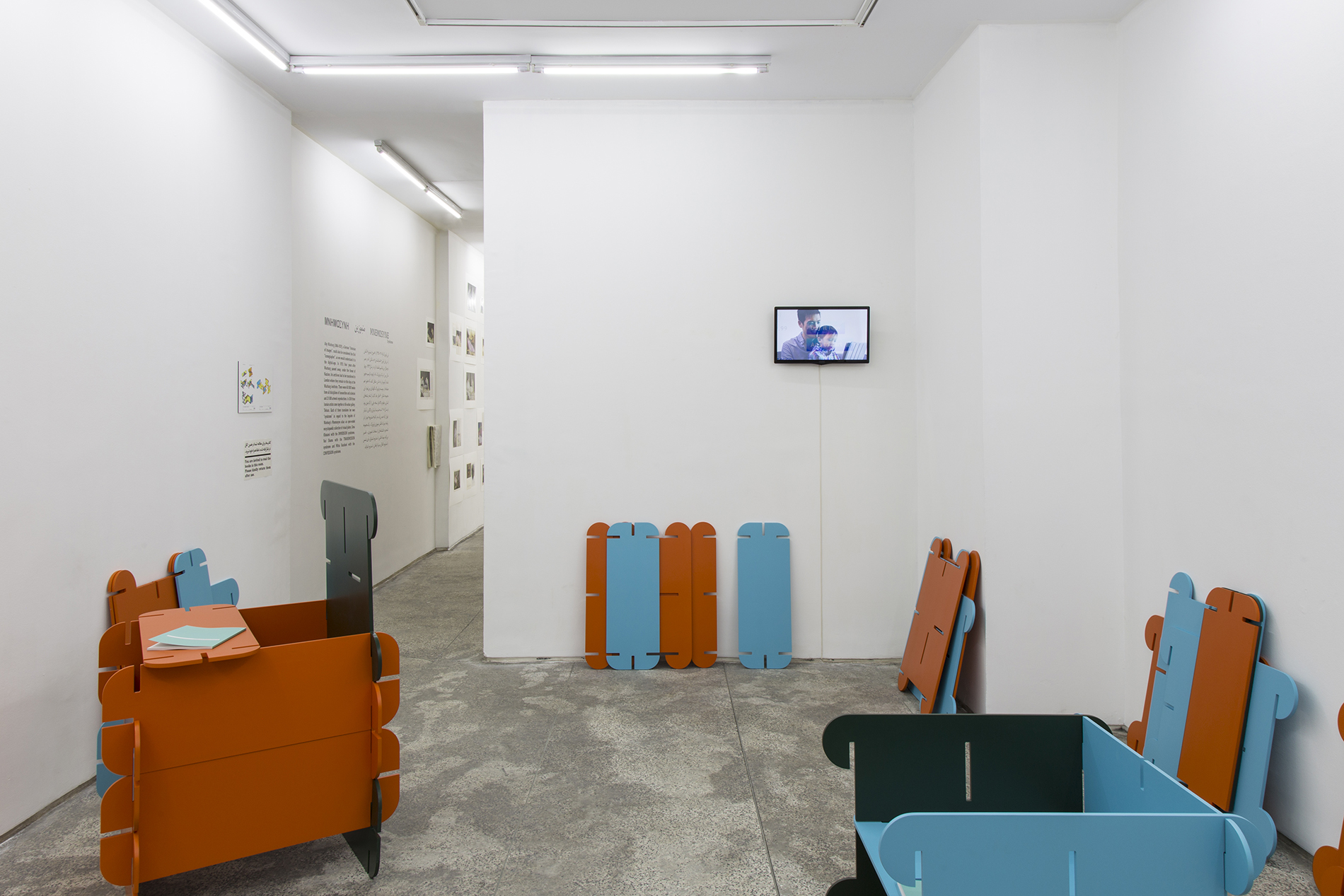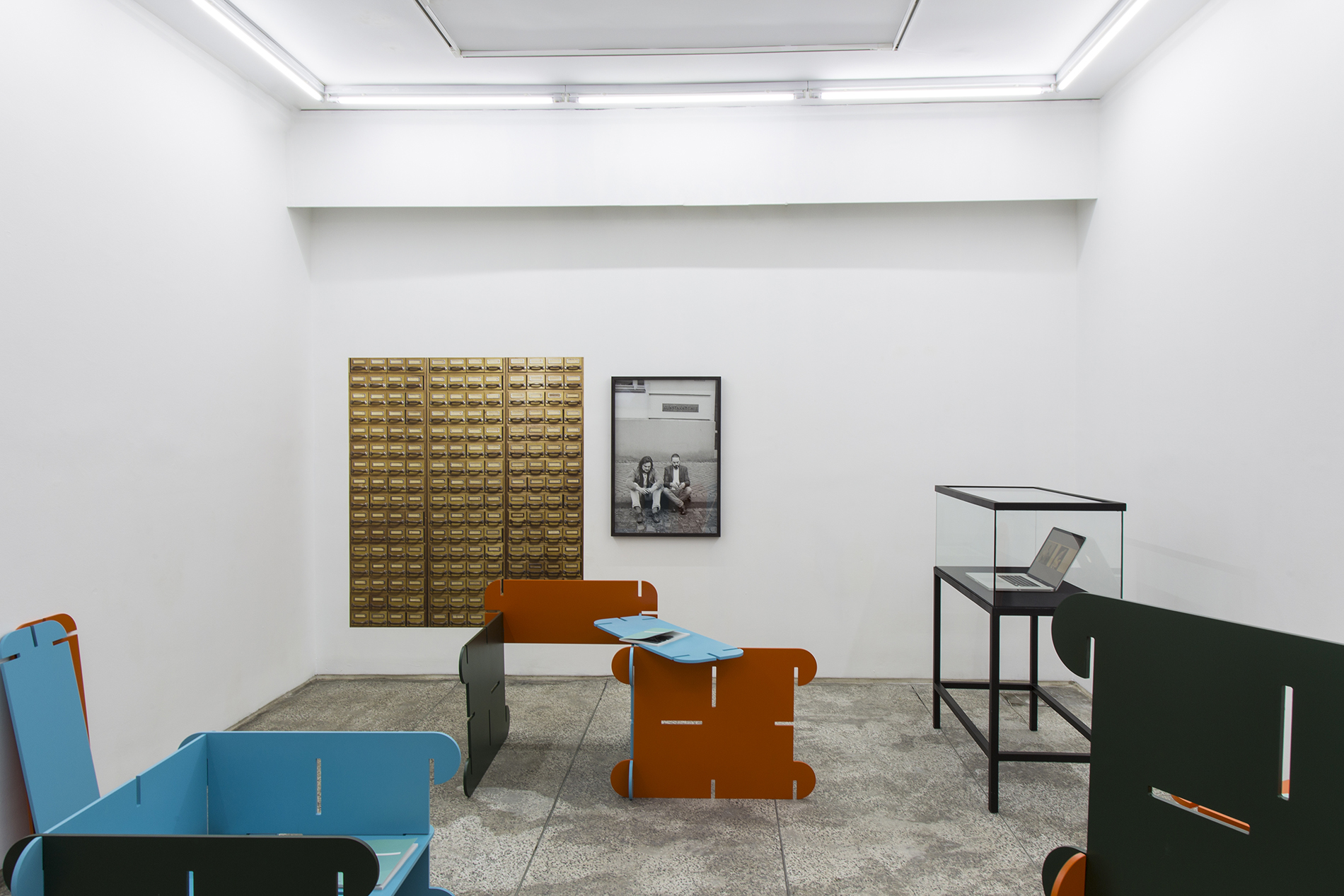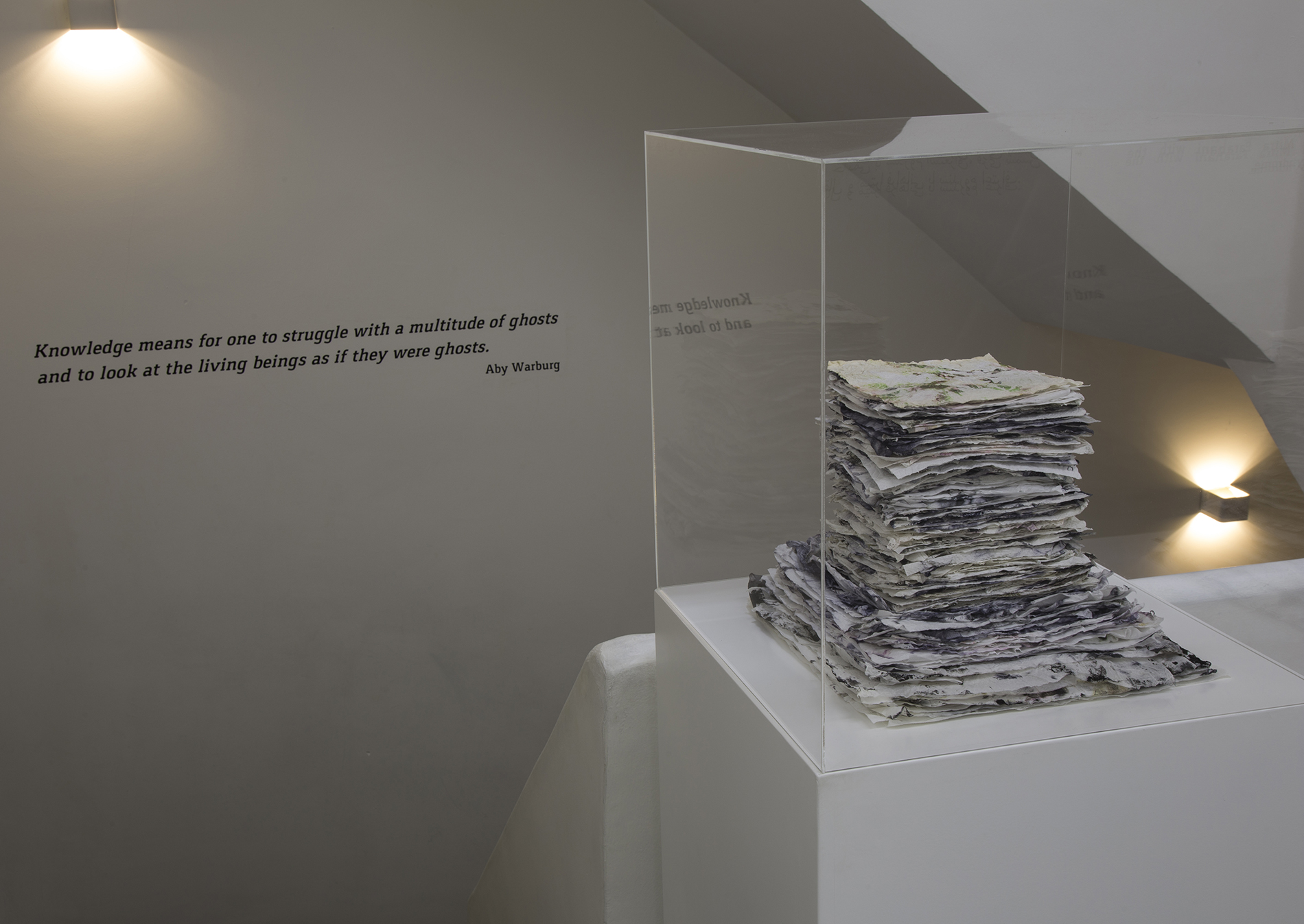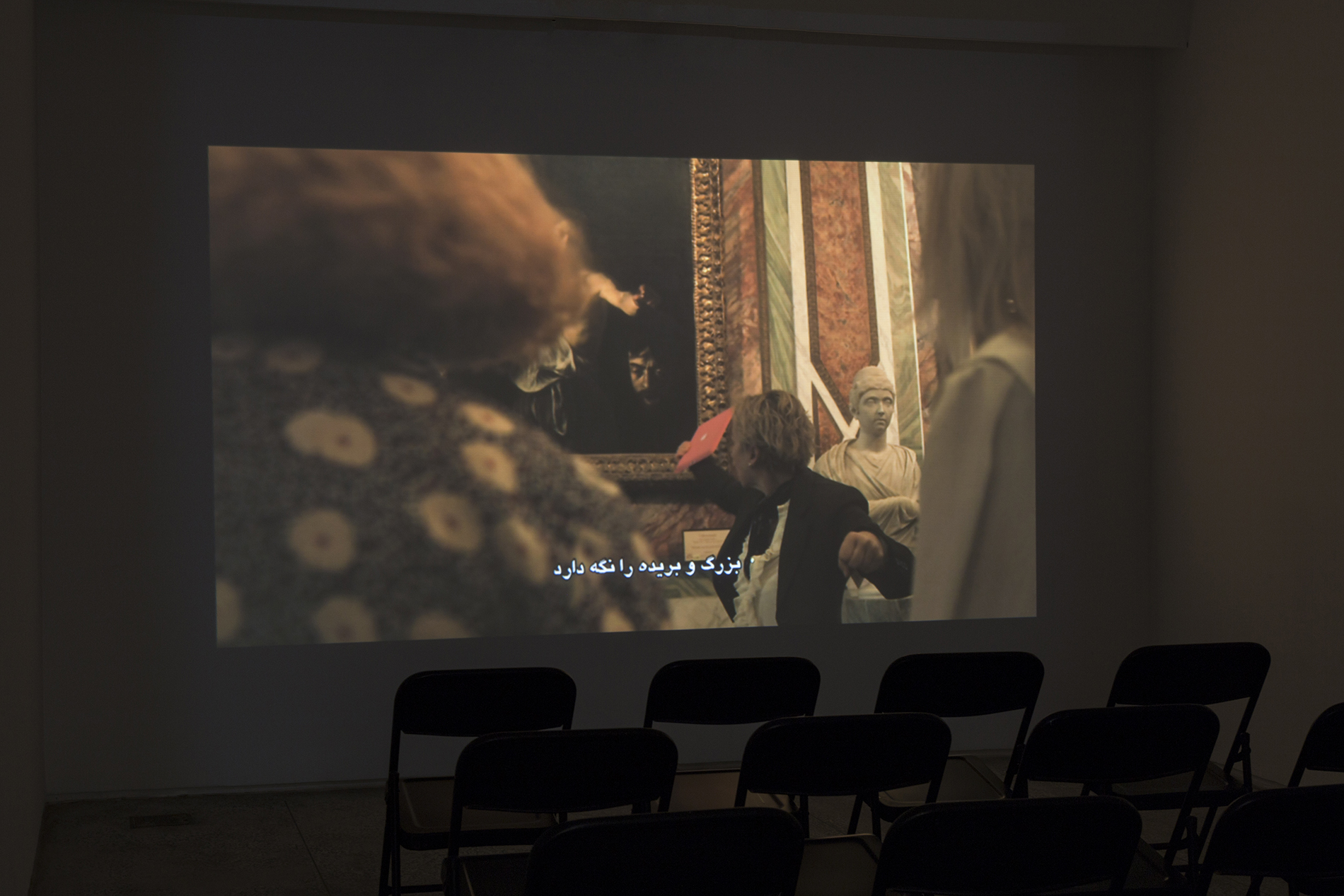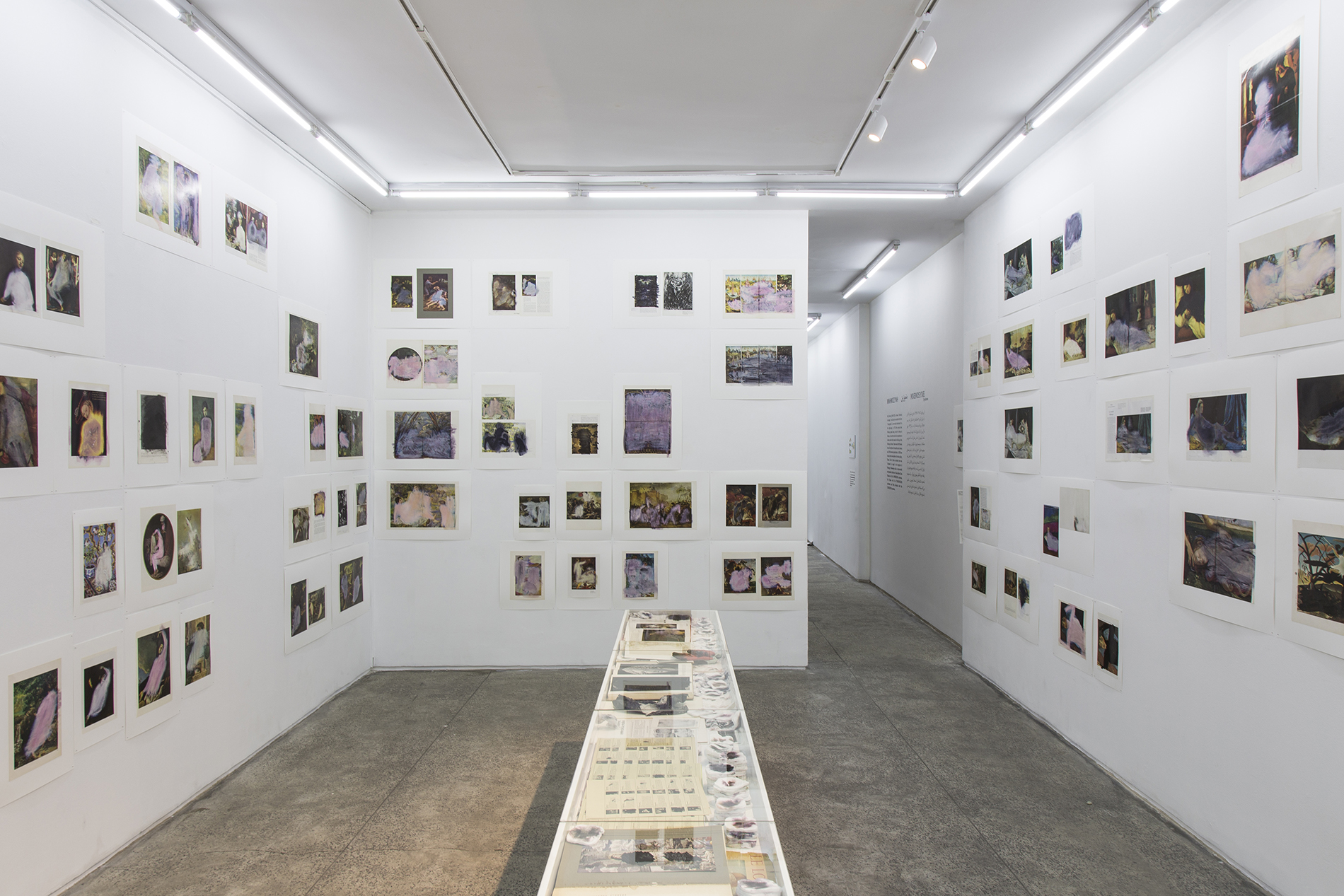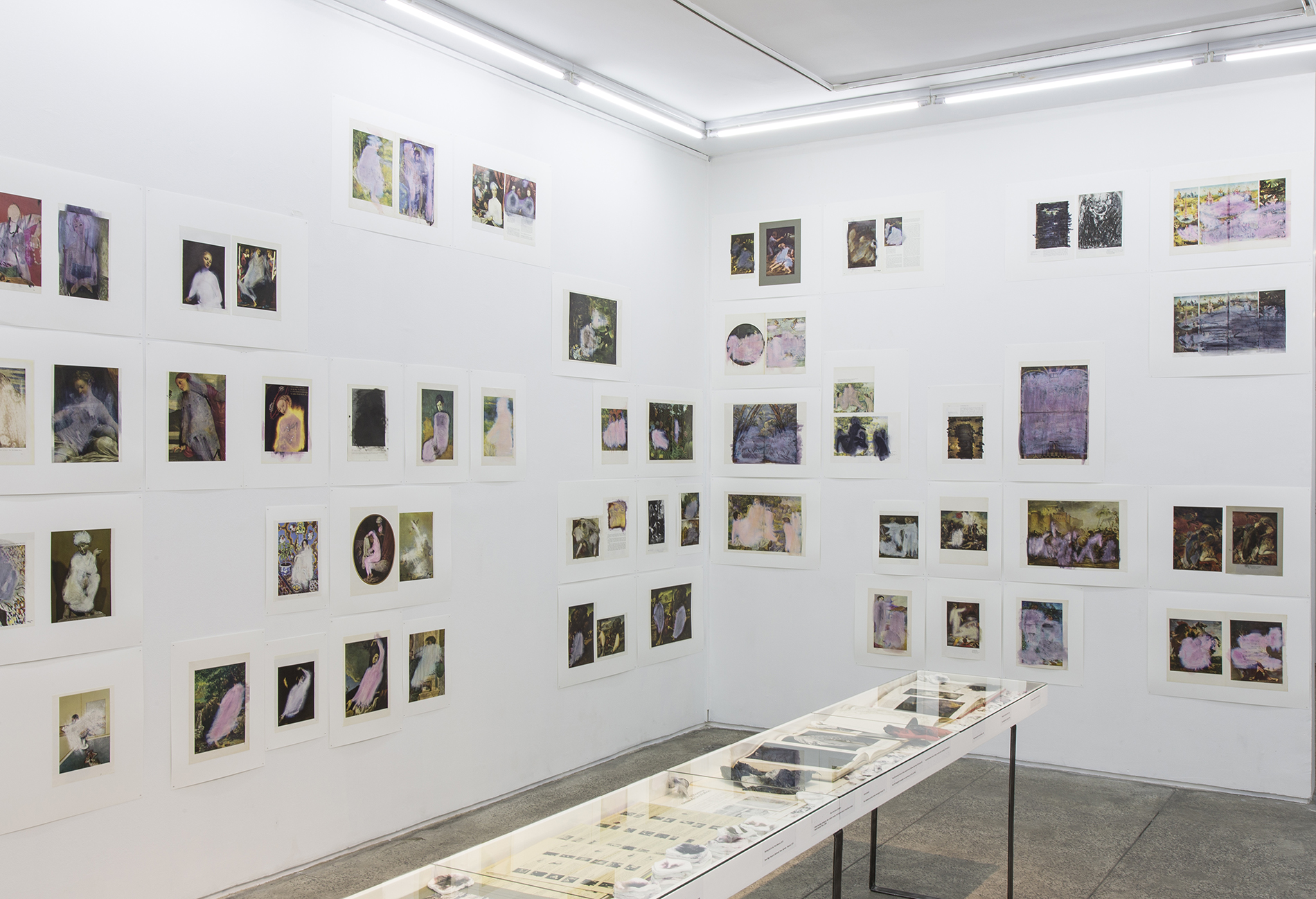Mnemosyne Syndrome
Mnemosyne Syndrome
Group show: Aby Warburg, Fari Shams, Mitra Farahani, Sima Khatami
Ab-Anbar Gallery, Tehran, Iran
09.02 — 17.03.2018
Curator: Morad Montazami
Art history is not just a discipline or encyclopedic apparatus but a visual network with detours and preposterous equations. Just as the German “historian of images” Aby Warburg (1866-1929) first and foremost suggested with his 1926-1929 project of the Mnemosyne Atlas – a set of 78 visual plates made of black and white artwork reproductions, grouped into “constellations” and gathered at Hamburg University. The complexity and perceptiveness of Warburg’s constellations and his burning passion for multiplying them radically anticipated our digital screen age and prosthesis-memory condition. Subject to heavy schizophrenic symptoms, Warburg approached the atlas as a somehow never-ending process.
In 2018, for Aby Warburg’s very first steps in Iran, it seems that we are more than ever subjected to the Mnemosyne syndrome, lost in the open-ended memory of on-line global images. Three Iranian artists from the diaspora come together at Ab-Anbar gallery to translate their own attitude in regard to the legacies of the Mnemosyne Atlas (between film and installation works). Sima Khatami with the IMMERSION syndrome, Fari Shams with the TRANSMISSION syndrome and Mitra Farahani with the CONFESSION syndrome.
Mitra Farahani, David with the Head of Goliath n°45, 2014
Sima Khatami, Atlas of Erasures, 2009- (work-in-progress)
Fari Shams, The Concise Companion to Art History arranged by Ingo Müller and Gerd Schneider (2018)
